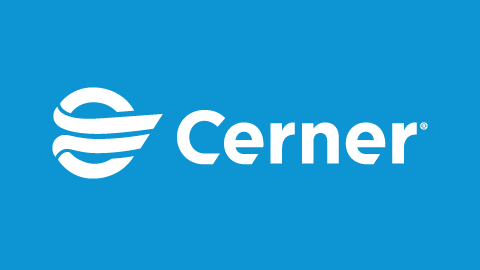As health systems continue to grow and expand services across broader coverage areas, the need for integration is increasing. In this Q&A, Jeff Wall, MD, Cerner senior director and physician solution executive, explains how connecting data across systems and venues is designed to help enhance care delivery, improve clinician satisfaction and support an enhanced consumer-centered healthcare experience.
Q: The area of integration most thought of is across acute and ambulatory electronic health records within a system. What are some of the benefits to having those venues on the same platform?
A: Clinicians used to care for their patients in the inpatient and outpatient settings. Over the past 30 years, we’ve seen a move toward one set of clinicians who only focus on outpatient and another group of clinicians who only provide care for hospitalized patients. Broadly, a primary care physician will determine if a patient needs to be admitted to the hospital, and once they get there, a different clinical care team takes over care of that patient.
An integrated system is aimed at helping to promote and facilitate continuity of care. An inpatient clinician needs to know everything that happened before the patient was admitted and an outpatient clinician needs to know what happened while the patient was hospitalized. A single integrated system is focused on helping to heal the disconnect that can happen between ambulatory and acute venues. Having everything in one place can also help eliminate redundancies in testing and documentation and enable providers to review health records in advance so they can have meaningful patient visits.
Q: Shifting to revenue cycle, what’s the impact for the care team, inclusive of the patient, when clinical and financial data is integrated?
A: As a clinician, one of my goals is to minimize the time spent on administrative tasks so the focus can be on delivering care. When the clinical and financial data isn’t integrated, we do a lot of work to pull together all the needed records. Conversely, when integration is in place, all the information is at our fingertips, which helps smooth out the administrative processes and reduce the workload for refilling prescriptions, booking referrals, claims scrubbing, coding, etc. This type of integration also helps create an enhanced experience for patients because they don’t have to fill out the same paperwork each time they receive care.
Q: Given the rise in consumerism and the desire to shop for care based on factors like cost and convenience, how critical is it for organizations to have integration across the broader community or regional health networks?
A: Integration between organizations within a community or region is key, especially as we move toward value-based care and accountable care organizations where multiple venues and providers use a single system. The integration must go beyond to also include pharmacy benefit managers and anyone else who needs access to pertinent clinical data to keep everything running well in the background. When everyone works together and data securely flows across organizations, we can provide more coordinated patient care and potentially advance financial viability.
The banking industry is a great example of the ideal state the healthcare industry should aim to achieve. If you travel to another country, you can take your bank card, stick it into an ATM and securely and quickly get money from your account. If that kind of transaction can be done with critical financial data, we should be able to get to that point with healthcare data. Wherever you are in the world, with your approval and consent, a clinician could have easy access to all the information they need to take care of you.
Cerner Ambulatory is designed to help support advancing clinical and operational efficiencies throughout the continuum of care. Learn more here.
More like this:





